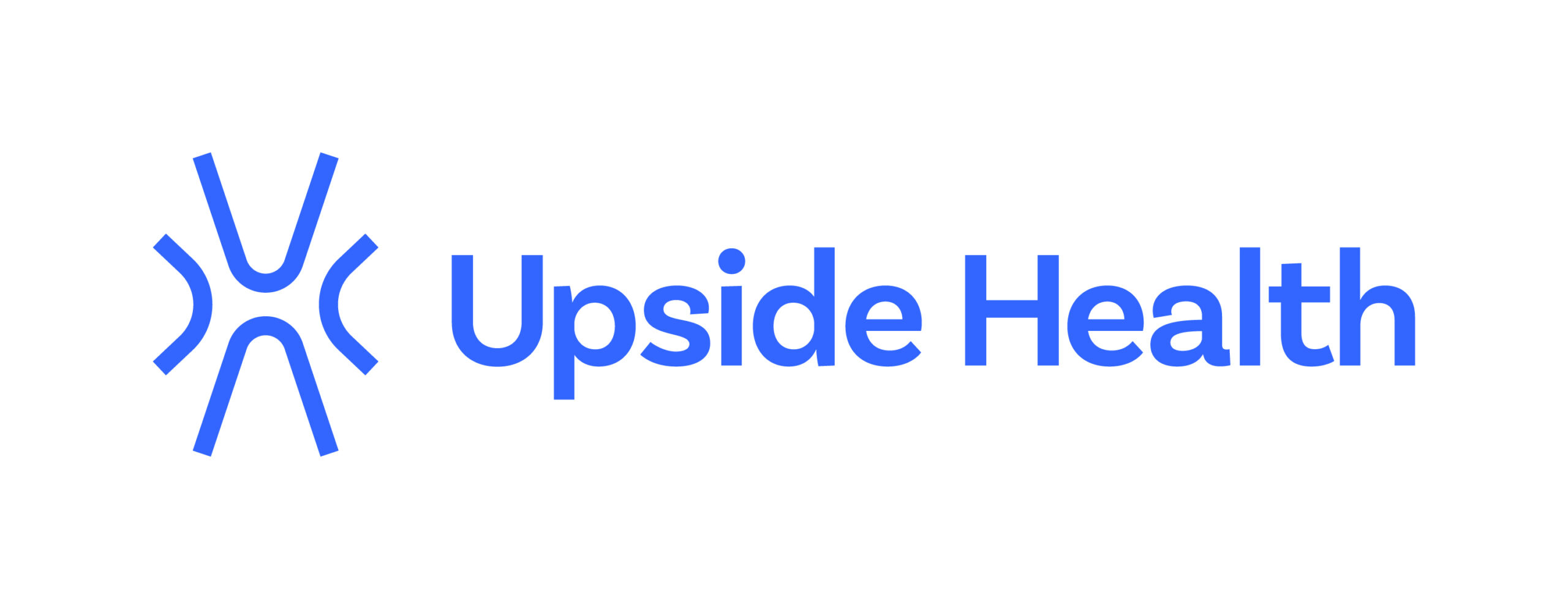Medicare billing codes that took effect January 1st, 2019 offer new opportunities for clinicians to integrate technology into their practices. The new codes enhance existing billing for remote patient monitoring (RPM) and chronic care management (CCM).
These codes allow for medical professionals to get reimbursed for the countless hours spent reviewing patient data and gives them the chance to access supplemental data that could inform their care in ways that were not possible solely through the EHR. This accrual of patient-reported or physiological data outside of the office is especially important in complex conditions like chronic pain management where so many external factors can play a role in symptoms and disease progression. Insight into environmental changes including weather, activity, sleep status and more can paint a more complete picture and also help develop a functional quantitative pain score that can give a true measure of treatment efficacy. Furthermore, this information can allow for more meaningful and actionable conversations with patients, extending the patient care a clinician can provide without creating more burden on already time-strapped care teams.
Chronic pain patients can be time intensive. Their treatment plans are often complex and continually evolving. They are among the most demanding in terms of clinical outreach and even in-office visits – going to the doctor more than 18 times of year – as they struggle to find relief. Many of the tools that clinicians want to offer them, even at the primary care level, are expensive to scale or are not well covered by insurance. Or, there is a good deal of adjustments that are required until a successful treatment plan is identified. Keeping these patients well supported during this time can be difficult. Through technology, both of these things can be accomplished without enhancing burden, creating additional clinical burnout or impacting outcomes.
The three new RPM codes are CPT codes 99453, 99454 and 99457. The first two codes involve the introduction of and the remote monitoring of a device for the gathering of physiologic parameters, including pulse oximetry, blood pressure or weight. Code 99453 is for the set up and patient education on use of the device and 99454 is billing for use of the device monthly, with it transmitting daily recordings of the information it’s collecting. CPT code 99457 is for the remote monitoring and interactive communication for patients for at least 20 minutes a month. This review can be done by any qualified medical professional in the office and can be billed at approximately $50 per patient per month. This is key as in the past it was the clinician who was required to review any data to qualify for reimbursement. If a practice had 300 qualifying patients, this could end up yielding significant revenue of more than $180,000 a year.
It is important to note that remote patient monitoring (RPM) is not considered a telehealth service, but can be administered to the patient at home. As such, an audio-video component is not required. However, the patient must be a current patient who has been seen within one year of billing Medicare.
Under these new codes 99453 and 99495, medical device companies like iBeat and iRhythm for remote heart monitoring and Vivify Health for blood pressure and weight monitoring can all be integrated into a practice and the clinicians may be reimbursed for their time. While these definitely serve a purpose in the primary care ands specialty environments in chronic care management and to identify acute episodes early without placing burden on the patient to go to the health care facility, it does not gather some of the qualitative and nuanced information essential for proper pain care. CPT code 99457 allows companies like Upside Health to offer access to their data dashboard and customizable Ouchie patient care management platform. This then empowers providers across various specialties and departments who are responsible for the care of chronic pain patients and want additional ways to not only remotely monitor patients and improve outcomes and services, but also be compensated for their time.
It is still too early to see the impact this will have on both bottom line and outcomes in regards to value-based care. However, anything that allows patients to receive more robust care offerings without straining care teams has the potential for serious upside.



